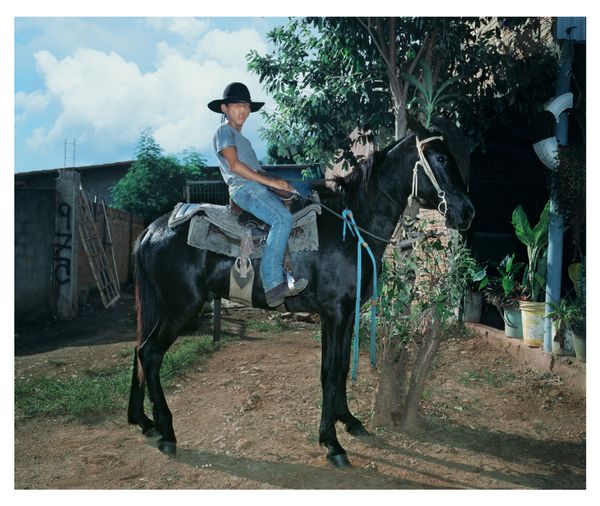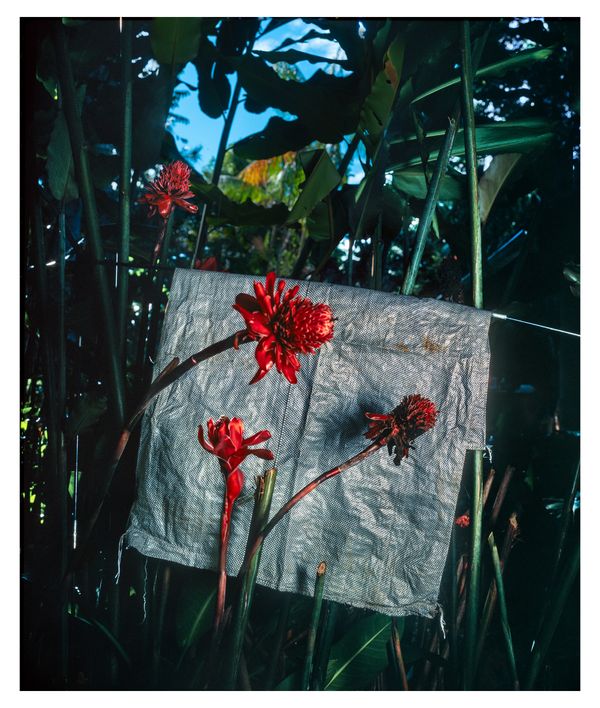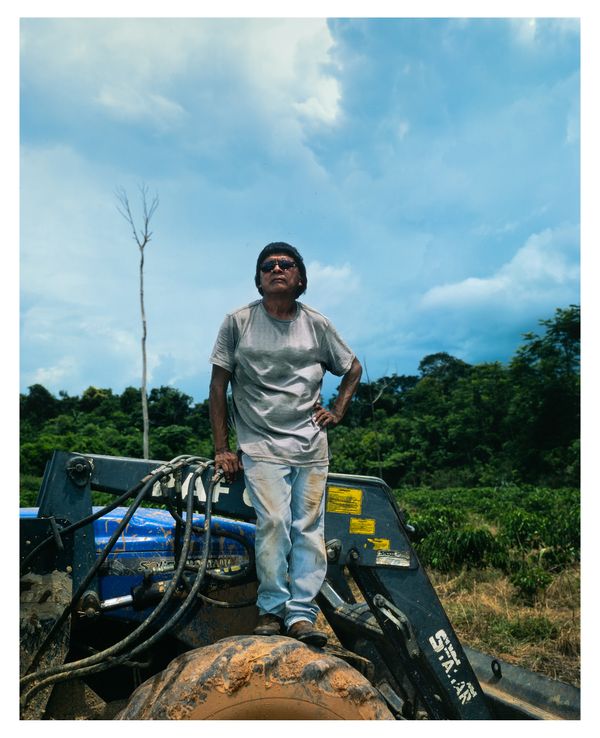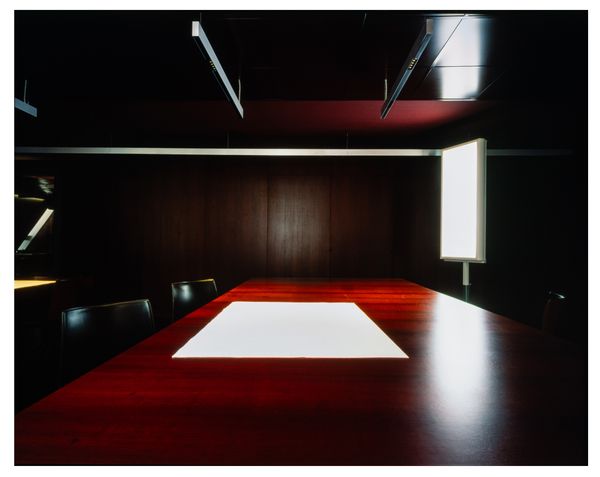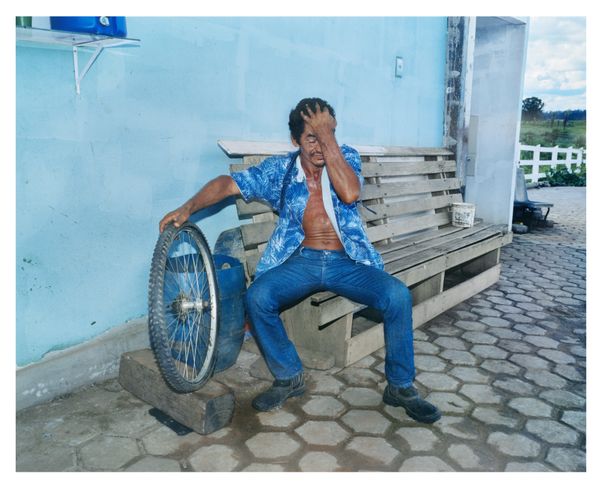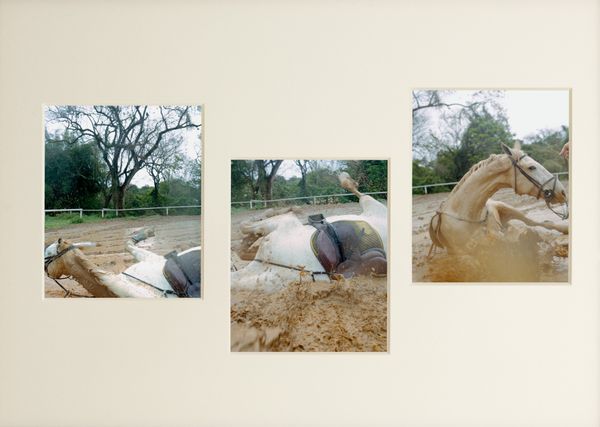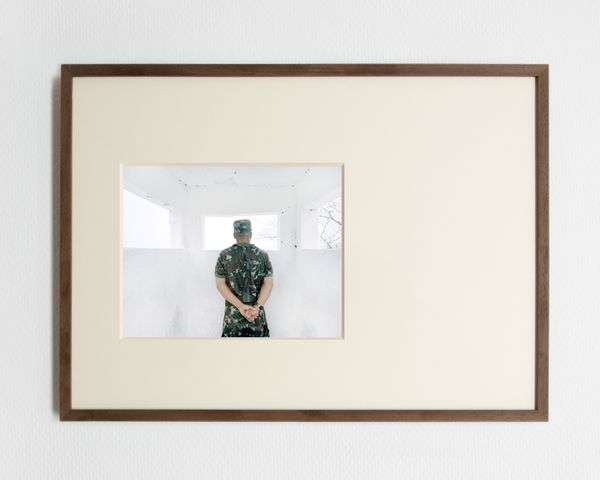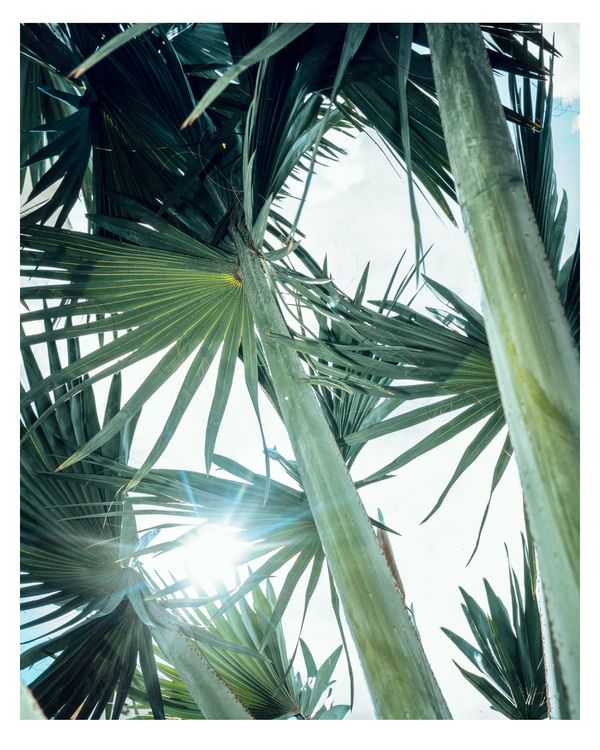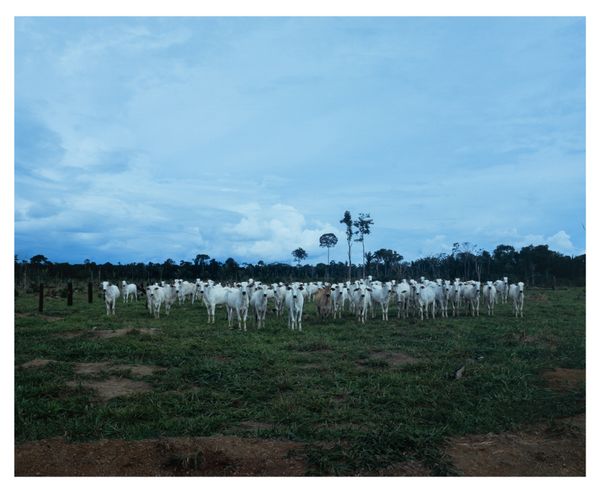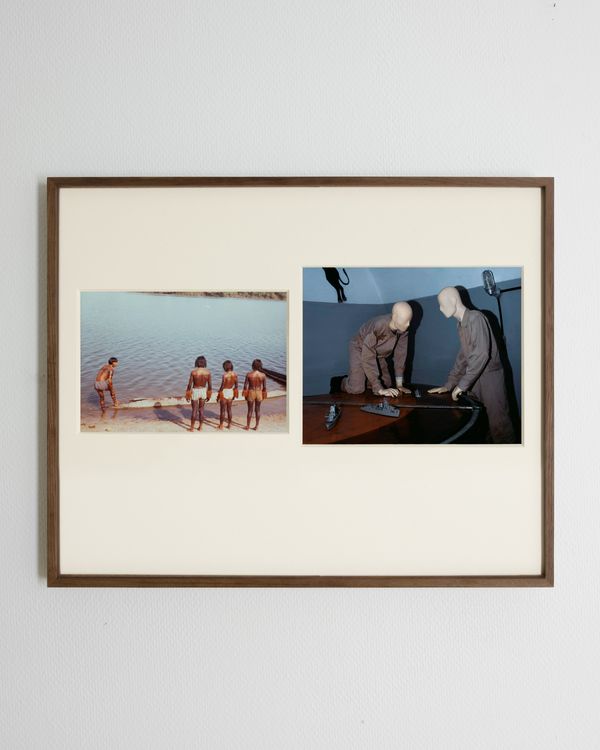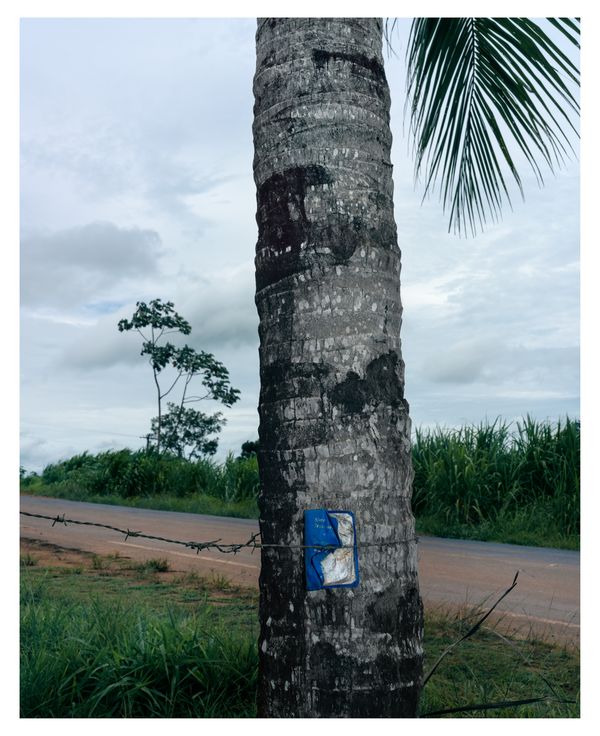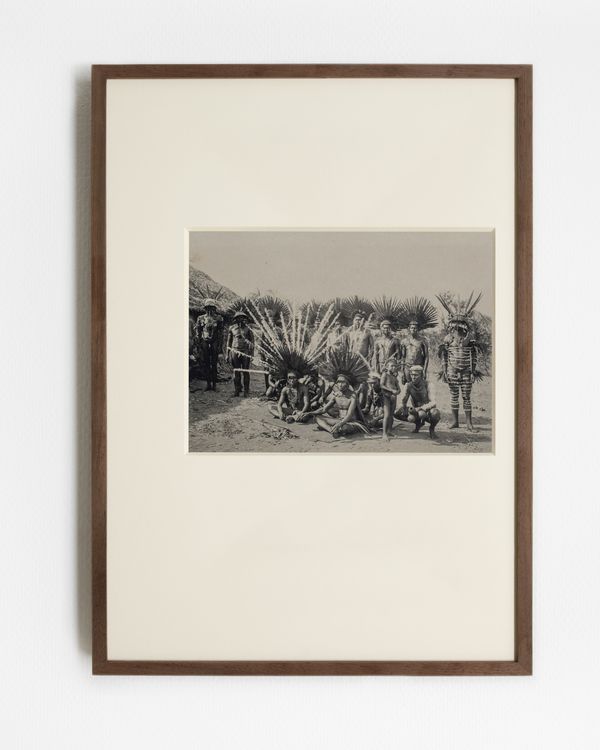Rondônia (how I fell in love with a line)
-
Dates2022 - Ongoing
-
Author
- Locations State of Rondônia, Paris, Rio de Janeiro, Cacoal, Bom Futuro
My work brings together large-format analog photography and military archives to explore how rational and linear structures have inscribed Amazonian territories into the material history of the West.
This research-based project examines how linear infrastructures have shaped—and continue to shape—the Amazonian landscape. Through fieldwork in the Amazon region and archival research in museums across Europe and Brazil, I trace and document the linear boundaries carved by Western infrastructures in Rondônia.
Situated in northwestern Brazil, Rondônia is named after Marshal Rondon, a military officer celebrated for his explorations of the Amazon basin. In the early 20th century, Rondon was commissioned to construct a telegraph line in the Amazon as part of Brazil's push for modernization, aiming to integrate its western territories, and establish connections with indigenous communities.
Accompanied by scientific teams and a photographic unit, these military and ethnographic missions undertook a comprehensive "inventory" of the Amazon basin, assessing their potential for colonization, agriculture, and livestock farming. Over nearly two decades, they produced thousands of documents—photographs, topographic surveys, and ethnographic records—detailing how linear and rational structures were introduced into the Amazon, profoundly transforming its physical and cultural landscape.
Even after its dismantling, the telegraph line infrastructure served as the backbone of the region's colonization. In the 1970s, under the dictatorship, the Brazilian government built the Transamazonian Highway, BR-364, closely tracing the route of Rondon's telegraph line.
Through the archives of the Rondon Commission, I analyze and document how these records constructed a utilitarian representation of the Amazonian territories—portraying them as spaces to be measured, organized, and ultimately exploited.
In Rondônia, I traced several lines carved by the Rondon Commission, including the former path of the telegraph line, the Transamazonian Highway (BR-364), and the boundaries of the Sete de Setembro Indigenous Reserve.
My aim is to create images that explore the hors-champ of Rondon’s terrain survey, examining how contemporary photography can critically engage with and challenge hegemonic modes of representing Amazonian realities
Drawing on what Édouard Glissant calls an ethics of opacity, I aim to create spaces of indeterminacy that resist the coercive power of fixed historical and social narratives.
For Glissant, embracing opacity means rejecting the notion of universal truths. In my approach, preserving areas of ambiguity becomes a radical counterpoint to the ideology of clarification and discipline, imposed by the relentless drive of "order and progress".
